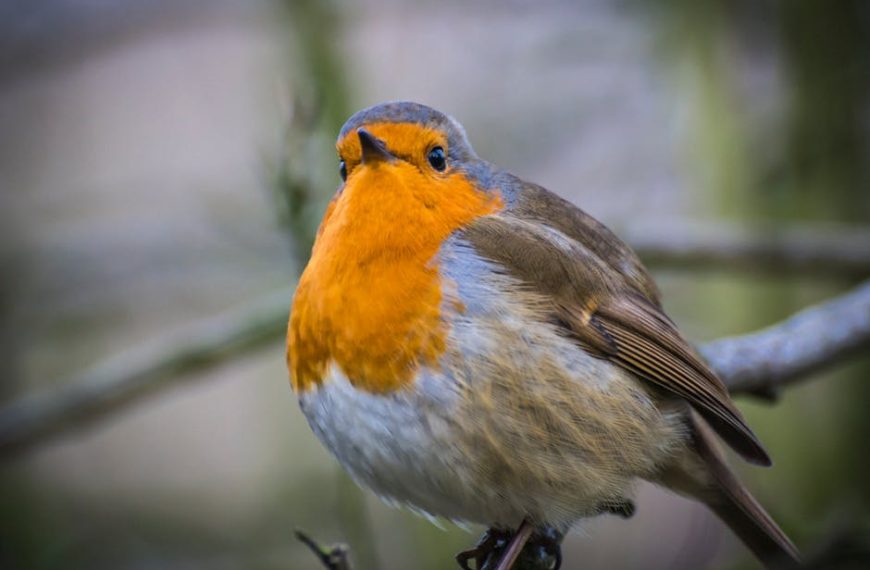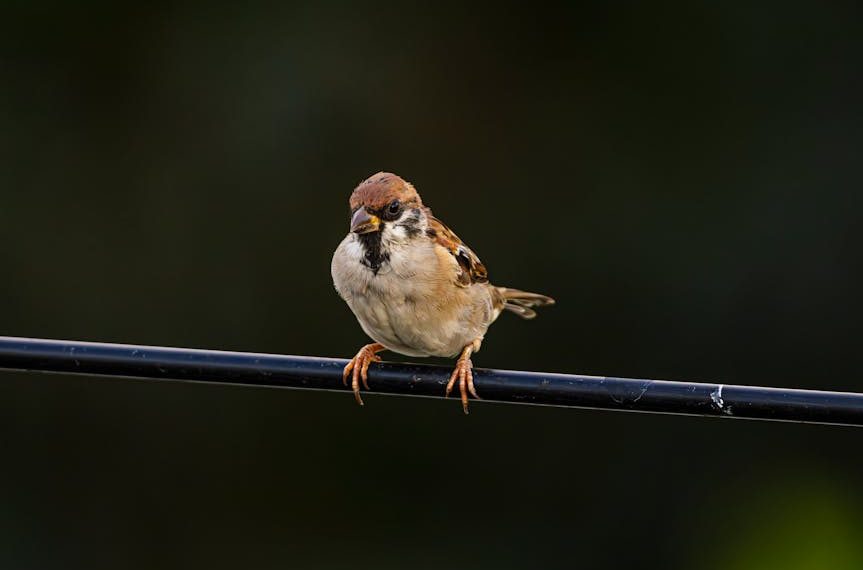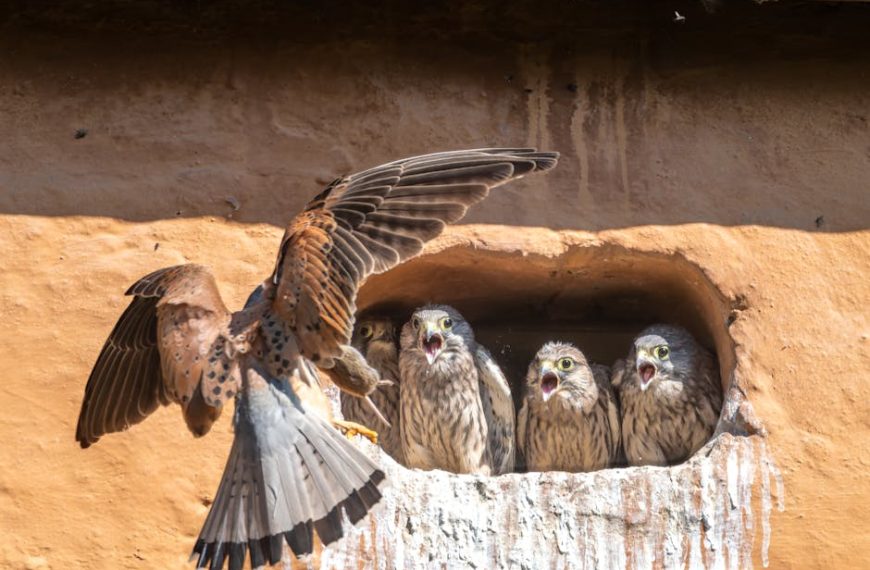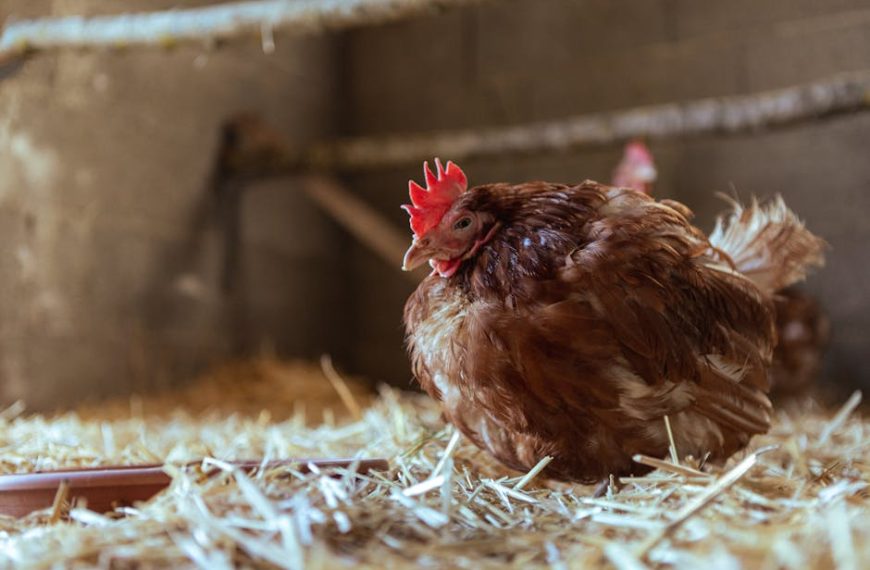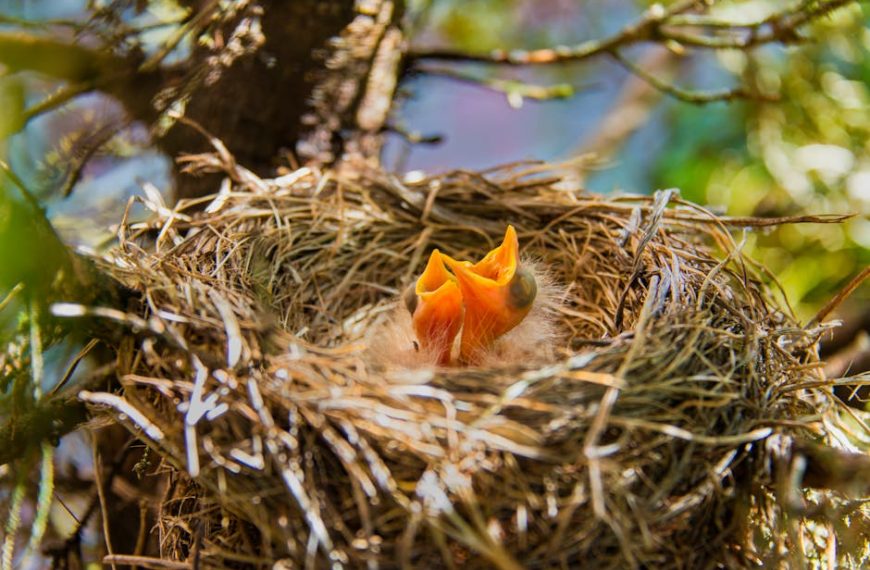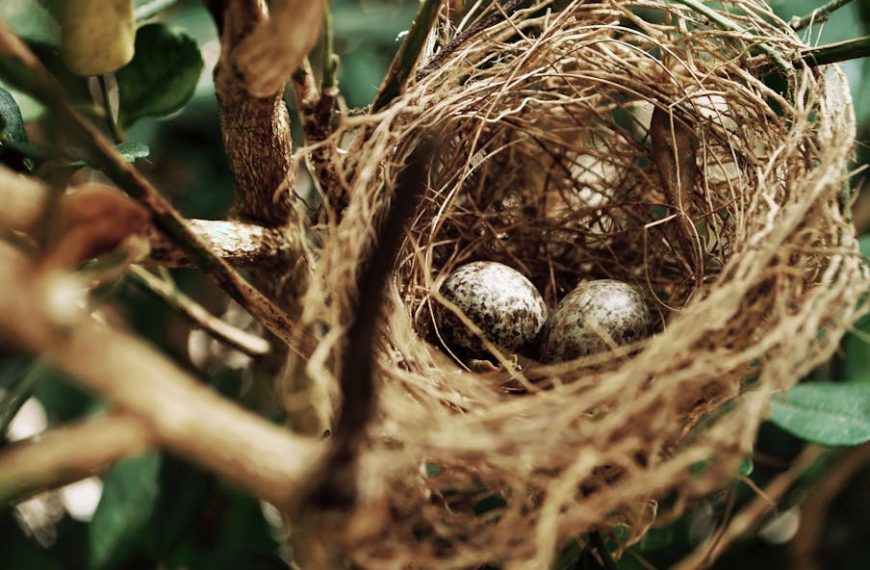Any bird lover knows the joy of a flock of colorful feathers brightening up their backyard. A well-appointed birdhouse can not only add to the charm of your greenspace but can also provide a safe and comfortable shelter for your avian friends. Once you understand how to perfectly gear up your birdhouse and surroundings to cater to their individual needs, you can enjoy chirping melodies throughout the day. So, let’s embark on this exciting journey of enthralling birds into your birdhouse.
Choosing the Right Birdhouse
Constructing a birdhouse might seem like a fun DIY project, but the importance of this structure for our feathery friends goes beyond its aesthetic appeal. The right kind of birdhouse is essential to attract birds native to your area. Factors such as the size, material, and design of the birdhouse each play a critical role in making it a suitable home for specific bird species.
Material Matters: The material of the birdhouse affects its durability, insulation, and appeal to birds. Whereas a metal birdhouse, despite its robustness, may overheat in summer, causing discomfort to its inhabitants, wooden birdhouses are known for their ample insulation and100% naturalness.
ProTip
Always choose birdhouses with untreated and unpainted wood, as paint or treatment chemicals can be harmful to birds.
Best Practices for Birdhouse Set Up
- Position your birdhouse in a quiet and safe location.
- Ensure it has a clear flight path without any obstructions.
- Mount or hang the birdhouse at an appropriate height suitable for the bird species you aim to attract.
Providing a Safe and Comfortable Environment
A birdhouse is more than just a place to nest; it is a refuge that should provide safety and comfort. Therefore, ensuring it is predator-proof, has proper ventilation, and easy to clean are some ways to build a bird-friendly habitat.
Checklist for a Bird-Friendly Habitat:
- Make sure the birdhouse has drainage holes to prevent any water accumulation.
- Provide ventilation slots or holes for air circulation.
- Ensure the birdhouse entrance is the right size, preventing larger predator birds or mammals from gaining access.
No bird would want to call a hostile environment home. When creating an inviting atmosphere, it is important to consider aspects of the environment that might be suitable or unsuitable for different types of birds. Comparing these factors can help ensure you create the ideal birdhouse for your avian visitors.
Comparing Environments for Different Bird Species
Understanding the environmental needs of different bird species is crucial in attracting them to your birdhouse. For example, sparrows prefer a bustling environment near populated areas, while nuthatches need a quiet woodland setting.
| Bird Species | Suitable Environments | Unsuitable Environments |
|---|---|---|
| Sparrows | Cities, towns, near human population | Dense forests, isolated locations |
| Nuthatches | Quiet forests, large trees present | Bustling cities, town centers |
Using the Best Bird Food and Water Sources
Proper nutrition is just as important to birds as a safe and comfortable home. By providing a variety of high-quality food and fresh water, you increase your chances of attracting a diverse mix of bird species to your birdhouse.
Best Bird Food and Water Sources
- Seed mix: Suitable for a wide range of birds, from sparrows to finches.
- Suet: A good source of fat that is loved by woodpeckers and warblers.
- Fresh fruits: Certain species like thrushes or waxwings like fruit.
- Freshwater: Always have a water source like a bird bath for birds to drink and bathe.
Best Practices for Bird Food and Water
- Regularly clean bird feeders to prevent mould growth.
- Always ensure your water source is clean and free from contaminants.
Attracting Birds with Natural Elements
Incorporating natural elements such as native plants, shrubs, and trees can significantly increase the chances of birds discovering and choosing to reside in your birdhouse.
ProTip:
Use native plants such as berry-producing shrubs or flower beds that have seeds and nectar which naturally attract birds.
Natural vs Synthetic Bird Attractors
While synthetic bird attractors like bird feeders can be beneficial, they cannot replace the appeal of a natural habitat.
| Type | Pros | Cons |
|---|---|---|
| Synthetic | Easy to install, lure a variety of birds quickly | Needs regular maintenance and cleaning |
| Natural | Requires little maintenance, more sustainable | Takes time and patience to attract birds |
Keeping Predators and Pests at Bay
If the birdhouse becomes a dwelling for predators or pests, it is unlikely the birds will stay for long. Therefore, it is paramount to keep the birdhouse free from threats to ensure the birds are not only attracted but also feel secure.
✅Checklist to Predator-proof Your Birdhouse
- Position the birdhouse out of reach of squirrels and cats.
- Consider a birdhouse design with a predator guard.
- Regularly check for signs of pests like mites or ants.
Best Practices for Pest and Predator Detection
- Inspect the birdhouse frequently for signs of pests or predator activity.
- Utilize natural deterrents such as lavender to keep pests away.
With these top tips and tricks, you’re now armed with the knowledge to attract a myriad of bird species to your birdhouse. Remember, catering to their basic needs such as food, shelter, and protection is key to turning your backyard into a bustling bird sanctuary. So go ahead, make the right adjustments and enjoy the vibrant symphony of bird songs that fill your mornings with joy and serenity.
Key Takeaway:
- The right birdhouse depends on size, material, and design, and should be catered to the species native to your area.
- To keep birds comfortable and safe, ensure the birdhouse location is secure, well-ventilated, easily cleanable, and protected from predators.
- Attract diverse species by offering high-quality food and fresh water sources.
- Incorporating natural elements like native plants and trees can attract birds to your birdhouse.
- Regular checking and preventive measures are necessary to keep predators and pests away from the birdhouse.
Remember the joy that watching a flock of colorful birds brings: the vibrant feathers, the sweet chirping, and the serenity they add to your space. With these tips and tricks, you’re well-equipped to attract a multitude of bird species to your birdhouse, turning your backyard into your private avian sanctuary. So go ahead, set up the perfect birdhouse and be ready to enjoy the beautiful symphony of bird songs every day.
FAQs
Q: How often should I clean my birdhouse?
A: Regular cleaning is important for the health of the birds. It’s usually advisable to clean a birdhouse at least once every nesting season or more frequently if pests or feces are visible.
Q: What is the best time of year to put up a birdhouse?
A: Early spring is often a good time since this is when many species start looking for places to nest. However, in tropical areas where birds breed year-round, birdhouses can be installed anytime.
Q: Does the color of my birdhouse matter to birds?
A: Birds can be sensitive to bright and reflective colors as these may attract predators. Stick to natural, light, or dull colors for your birdhouse.
Q: Can I put more than one birdhouse in my backyard?
A: Absolutely. More birdhouses enhance the chances of attracting diverse bird species. Just ensure they’re spaced adequately to minimize competition among birds.
Q: Can I use insecticides or pesticides to keep pests away from my birdhouse?
A: It’s not recommended as these chemicals can harm the birds. Rather, use natural repellents or physically remove pests.
Feel free to share this information rich article with other bird lovers and check out more posts on our website.
